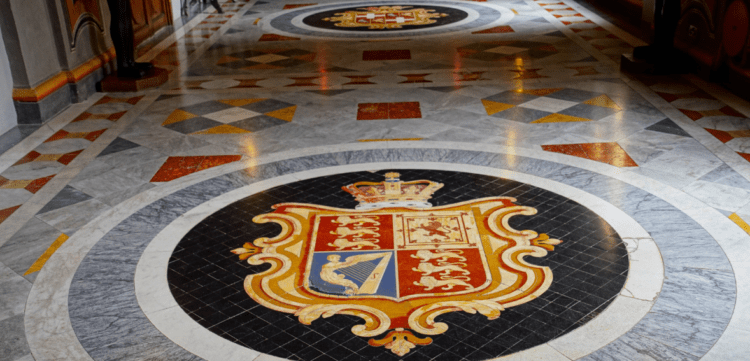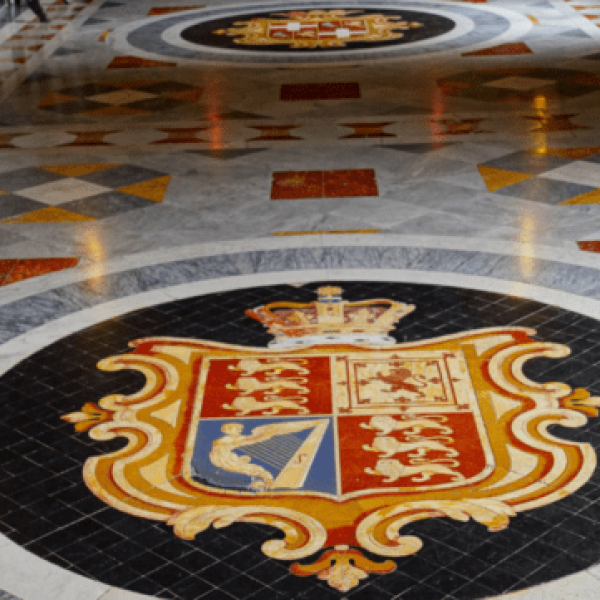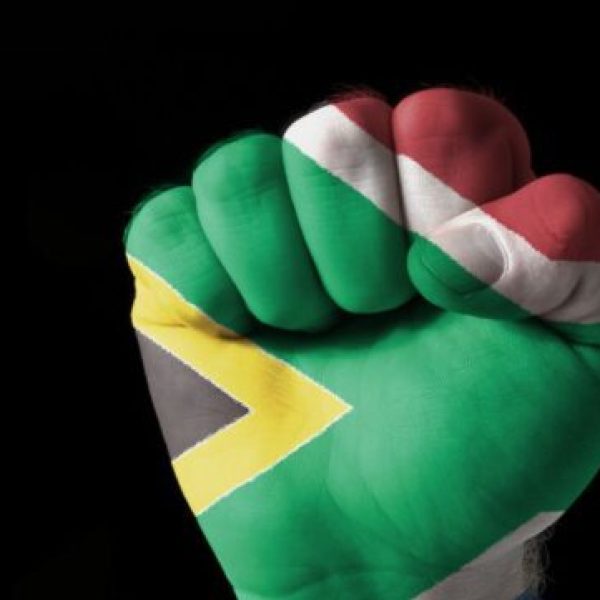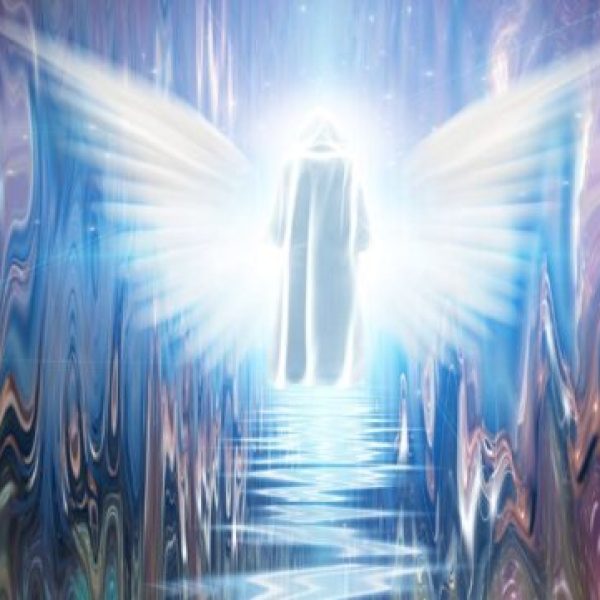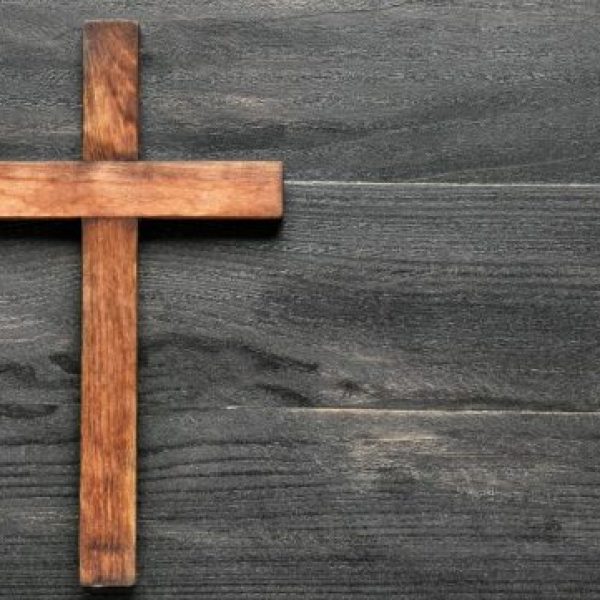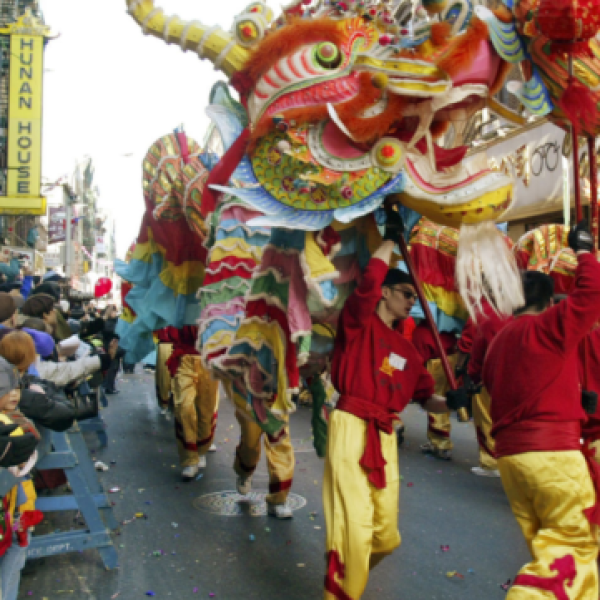The Chakana, or Andean Cross, is an emblem steeped in the history and spirituality of the Andean people. More than a mere geometric figure, it encapsulates the profound cosmological visions and philosophical insights of the Quechua and other indigenous cultures in the Andes. This ancient symbol, characterized by its unique stepped design and central axis, serves as a bridge connecting the celestial, terrestrial, and subterranean worlds, reflecting the deep interconnections between the cosmos and earthly existence.
In this exploration, we delve into the multifaceted nature of the Chakana, uncovering its rich historical roots, its symbolic meanings, and its enduring significance in contemporary Andean culture. From its role in ancient astronomy and agriculture to its presence in modern artistic expressions and community values, the Chakana continues to be a vibrant testament to the intellectual and spiritual depth of the Andean people.
Join us as we journey through the layers of meaning and tradition embodied in this sacred symbol, revealing how it continues to inspire and guide a culture deeply connected to its ancestral heritage.
Chakana or Andean Cross
The Chakana, or the Andean Cross, is a potent symbol in the spiritual and daily life of the Andean people. This stepped cross represents the dynamic between the cosmos, the earth, and the underworld, linking them through its distinct geometry. It serves not only as a spiritual emblem but also as a practical tool in various aspects of life, including agriculture, astronomy, and community organization.
Characteristics of the Chakana
The Chakana, or the Andean Cross, is a deeply significant symbol in the Quechua culture, embodying a complex philosophical and cosmological system. This squared cross with a central hole features four arms that extend outward in the cardinal directions. Notably, each arm of the Chakana is segmented into three steps, totaling twelve corners around the symbol. This design is not only aesthetically geometric but also rich in symbolic meaning, reflecting various aspects of Andean cosmology.
Symbolism of the Three Steps
Each of the three steps on the arms of the Chakana represents different elements of Inca society and the cosmos:
1. Social Tiers of Inca Society:
The steps symbolize the structured divisions within Inca society. The first step represents the Sapa Inca (the emperor), nobility, and priests. The second step symbolizes the artisans and warriors, who played vital roles in the community. The third and lowest step stands for the farmers and laborers, who formed the backbone of Inca agricultural society.
2.Natural Realms:
Each step also correlates with the three primary realms of the Inca worldview:
- Hanan Pacha (Upper World): This realm is associated with the celestial sphere, including the sun, moon, stars, and constellations, which were of immense importance in Inca religion and agriculture. It represents the higher spiritual plane and is often linked to the gods and ancestral spirits.
- Kay Pacha (Middle World): This is the world of the living, the surface of the Earth where humans, animals, and plants coexist. It embodies the present and is considered the realm of human experience and everyday existence.
- Uku Pacha (Inner World): The lower world or the underworld, associated with the dead and with agricultural fertility. It is believed to be a source of water, growth, and life, connecting the dead with the rebirth of life through the soil.
Central Hole of the Chakana
The central hole in the Chakana holds its own significance, often viewed as a portal or a passage between the different realms. It signifies the dynamic and fluid nature of existence and the constant interaction between the spiritual and material worlds. This hole is sometimes interpreted as representing the city of Cusco, which the Incas regarded as the navel of the world—a central point from which all roads and sightlines emanate.
Quechua Symbols and Meanings
In Quechua culture, symbols like the Chakana are not mere artistic expressions but are imbued with deep meanings and purposes. They serve as a connection to the spiritual and natural world, guiding the community’s practices, beliefs, and values. The Chakana, in particular, encapsulates the principle of duality and harmony prevalent in Andean philosophy, symbolizing the balance between the upper and lower realms, the earth and the sky, and the material and spiritual dimensions of life.
This extensive use and reverence of the Chakana highlight its significance not just as a cultural symbol but as a foundational element in the spiritual and practical lives of the Quechua people and their ancestors.
How Long Has the Chakana or Southern Cross Been Part of the Andean Culture?

The Chakana, or Southern Cross, is a symbol deeply rooted in Andean culture, with archaeological evidence suggesting its use as early as 500 AD, predating the Inca civilization. This stepped cross represents the three planes of Inca cosmology—the celestial, the earthly, and the underworld—highlighting its spiritual and cosmological significance. Additionally, its alignment with the Southern Cross constellation underscores its role in agriculture and navigation, essential for the Andean peoples.
The Chakana’s design, embodying the cardinal directions and seasonal cycles, was integral to the organization of both the Inca Empire and their spiritual worldview. Over the centuries, it has remained a central symbol in Andean heritage, encapsulating the philosophical, religious, and practical aspects of life. This symbol’s persistence illustrates the rich legacy of Quechua symbols and meanings, bridging ancient wisdom with contemporary Andean culture.
Why Does the Chakana Have That Geometrical Shape?
The Chakana’s distinct geometrical shape is rich in symbolism and function, deeply rooted in Andean culture. Its design, featuring a square and equal-armed cross with stepped arms, reflects the constellation of the Southern Cross, which was crucial for navigation and determining the agricultural calendar in the Southern Hemisphere.
The square represents the cardinal directions—north, south, east, and west—aligning with the layout of ancient Andean cities for spiritual and practical reasons. Each side of the square also symbolizes the four major seasonal cycles, integral for agricultural planning. The steps on each arm of the cross symbolize the three worlds of Andean cosmology: the celestial, terrestrial, and subterranean.
Through its form, the Chakana connects celestial phenomena with earthly life, embodying a system of spiritual beliefs while serving practical purposes in agriculture and urban planning. This symbol is a testament to the advanced understanding of the cosmos and nature by the ancient Andeans, reflecting a broader spectrum of Quechua symbols and meanings.
Other Meanings of Chakana or Southern Cross

The Chakana, or Southern Cross, is a multifaceted symbol in Andean culture, embodying much more than astronomical and architectural significance. Each of the twelve corners of the Chakana holds profound symbolic meanings, representing different elements, months of the year, and ethical principles critical to the Andean way of life.
Elements and Time:
The corners correspond to the twelve months, aligning with the Andean agricultural calendar, which dictates the essential cycles of planting and harvesting. These points also symbolize natural elements like earth, water, air, and fire, reflecting the interdependence of natural forces crucial in Andean cosmology.
Ethical Principles:
Beyond physical representations, the corners of the Chakana embody vital ethical principles such as honesty, fairness, and respect. These virtues are foundational in maintaining communal harmony and reflect the moral guidelines that govern Andean social interactions.
Social and Architectural Harmony:
The Chakana also represents the Inca’s organized social structure and their architectural expertise, mirroring the balance and precision seen in their constructions. The symmetry of the Chakana symbolizes the societal order and stability, paralleling the meticulous and resilient nature of Incan architecture.
Overall, the Chakana’s complex symbolism encapsulates essential aspects of Quechua symbols and meanings, illustrating the sophisticated cosmological, ethical, and structural systems that have shaped Andean society for centuries.
What is Andean Astronomy?
Andean astronomy is a sophisticated system that deeply integrated celestial observations with the daily and spiritual life of the Andean people, particularly the Quechua. This ancient astronomical practice was crucial for agriculture, religious observance, and the architectural and social organization of Andean civilizations.
Agricultural Calendars:
The Andeans relied on the positions of the sun, moon, and stars to create precise agricultural calendars, determining the optimal times for planting and harvesting. This celestial guidance was vital in the challenging Andean environment, where the success of crops was closely tied to seasonal changes marked by celestial events.
Religious Significance:
Celestial bodies held divine associations in Andean culture, influencing religious practices and festivals. Important celestial events, like solstices or planetary alignments, were often celebrated with rituals and seen as messages from the gods. Observatories such as Machu Picchu’s Intihuatana stone were used both for tracking these events and conducting sacred ceremonies.
Urban Planning:
Astronomical alignments also influenced the layout of Andean cities, with many structures and entire cities aligned with significant astronomical phenomena. This alignment ensured that the community was in harmony with cosmic cycles, which were believed to bring balance and prosperity.
Social Structure:
Astronomy was integral to the social hierarchy, with astronomer priests playing a crucial role in advising on agricultural, religious, and societal matters. Their knowledge helped maintain order and unity, aligning community practices with the perceived cosmic order.
The Chakana, or the Southern Cross, symbolizes this deep interconnection between the cosmos and terrestrial life, encapsulating significant aspects of Quechua symbols and meanings. Through this symbol, the Andeans expressed their understanding and reverence for the celestial influences that governed their world.
Values and Ethics
The Chakana also encapsulates the core values and ethics of the Andean people. The three steps of the cross are frequently associated with the three fundamental principles of Andean ethics: Ama Sua (do not steal), Ama Llulla (do not lie), and Ama Quella (do not be lazy). These principles still resonate in Andean communities, emphasizing a harmonious and balanced way of living.
Significance of Chakana Architecture and Art in the Andean Cross

In the rich tapestry of Andean culture, the Chakana (or Andean Cross) holds a place of profound significance, particularly in architecture and art, where it embodies principles of order, harmony, and the essential connection between the spiritual and earthly realms. This symbol, central to Quechua symbols and meanings, permeates various forms of expression and construction, reflecting its integral role in conveying Andean identity and cosmological beliefs.
Architecture:
In Andean architecture, the Chakana serves as a foundational motif, often found in the design and layout of sacred spaces such as temples and sanctuaries. Its geometric form—representing the three levels of the Andean universe—helps align these structures with cosmic principles, ensuring they serve as conduits between the celestial and terrestrial worlds. This alignment is not merely symbolic but functional, as it enhances the spiritual efficacy of ritual practices performed within these spaces. The stepped design of the Chakana also mirrors the terraced landscapes common in Andean agriculture, symbolizing a harmonious balance between human endeavors and natural topography.
Art:
In Andean art, the Chakana is prevalent across a variety of mediums, including textiles, pottery, and metalwork. Each depiction of the Chakana is more than an artistic choice; it is a narrative tool that communicates deep-rooted beliefs about the universe, spirituality, and community. Textiles featuring the Chakana, for example, are often used in ritualistic and ceremonial contexts, believed to carry protective powers and cosmic wisdom. Similarly, pottery adorned with the Chakana may be used in daily life or during sacred ceremonies, serving as a constant reminder of the wearer’s connection to their cultural heritage and the cosmic order.
The Chakana’s incorporation into art and architecture thus serves multiple purposes: it is decorative, educational, and deeply spiritual. Each representation of the Chakana invites reflection on the interconnectedness of life, the cycles of nature, and the spiritual insights of the Andean people. By embedding this symbol so thoroughly in their material culture, the Andeans ensure that their cosmological beliefs and cultural identity are preserved and celebrated, making the Chakana a lasting emblem of their worldview.
Overall, the Chakana’s presence in Andean architecture and art highlights its role as a cornerstone of Quechua cultural and spiritual life, bridging the gap between the ancient wisdom of the Andes and the lived experiences of its people. Through these expressions, the Chakana continues to convey essential aspects of Andean cosmology, serving as a cultural beacon that guides and enriches the identity of the Andean communities.
Conclusion
The Chakana, or Andean Cross, transcends its geometric form to embody a profound connection between the ancient Andean people and the universe they revered. As a cornerstone of Quechua culture, it not only articulates the sophistication of their cosmological understanding but also highlights their dedication to integrating this knowledge into everyday life—be it through agriculture, architecture, or spiritual practices.
The Chakana’s presence in both historical artifacts and contemporary cultural expressions underscores its lasting significance, bridging millennia with its enduring themes of harmony, balance, and interconnectivity.
Today, the Chakana remains a vibrant symbol of Andean identity, a reminder of a rich heritage and a guidepost for current and future generations. It is a testament to the resilience and wisdom of the Andean people, echoing their ancient ethics and worldviews in the modern age. As we delve deeper into the layers of meaning represented by the Chakana, we gain not only insight into the past but also inspiration for a harmonious coexistence with our world.
Thus, the Andean Cross stands not merely as a symbol of a bygone era, but as a beacon of enduring principles that continue to inform and enrich Andean life and beyond.
Frequently Asked Questions
What does each level of the Chakana symbolize in Andean culture?
The Chakana’s three levels represent the celestial (Hanan Pacha), the terrestrial (Kay Pacha), and the underworld (Uku Pacha), aligning with spiritual, earthly, and subterranean realms respectively.
How is the Chakana used in modern Andean communities?
Today, the Chakana is prevalent in cultural expressions such as jewelry, art, and architecture, symbolizing continuity with ancestral wisdom and serving as a guide in spiritual and community practices.
What role does the central hole in the Chakana play?
The central hole of the Chakana is viewed as a portal or passage, symbolizing the seamless connection and interaction between the cosmos and the earthly realm, often linked to the city of Cusco.
How does the Chakana influence Andean architecture?
In Andean architecture, the Chakana’s principles of order and cosmic alignment dictate the layout of sacred spaces, enhancing spiritual practices and symbolizing the integration of celestial and earthly dimensions.
Why is the Chakana significant to the ethical principles of the Andean people?
The Chakana embodies core Andean values such as honesty, fairness, and diligence, reflecting the ethical framework that guides social interactions and communal harmony in Andean societies.



